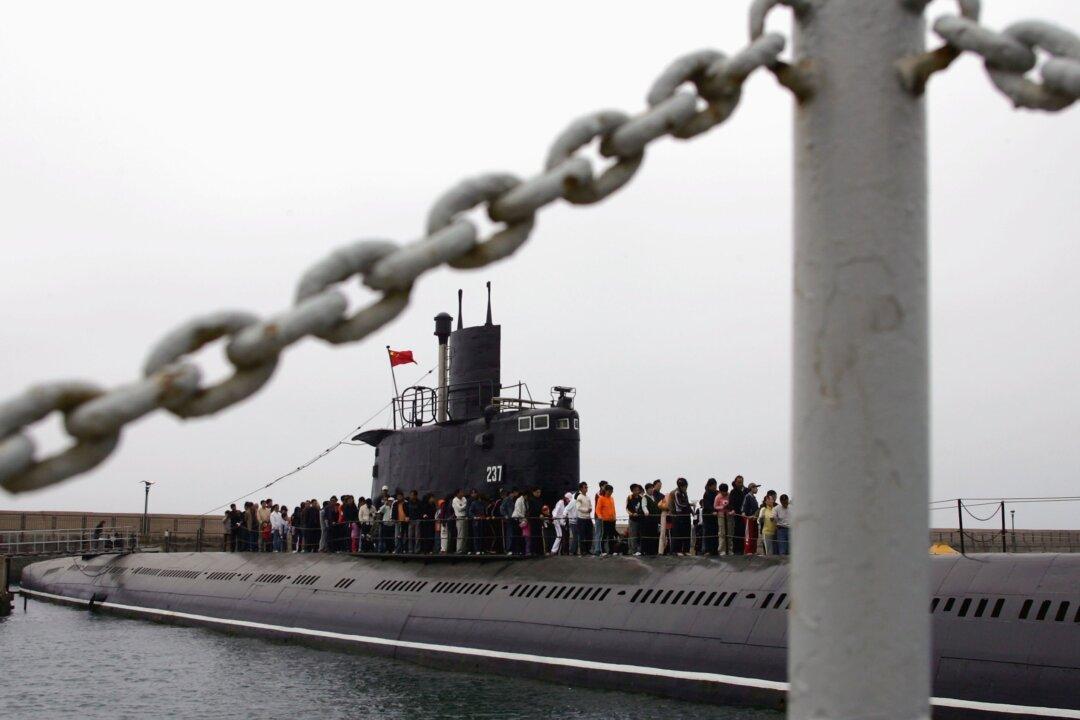News Analysis
A video showing smoke billowing from a Chinese military vessel recently garnered a lot of attention on social media while the Chinese Communist Party’s (CCP) leadership remains silent about the incident.

A video showing smoke billowing from a Chinese military vessel recently garnered a lot of attention on social media while the Chinese Communist Party’s (CCP) leadership remains silent about the incident.